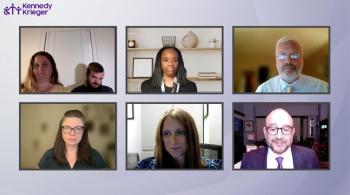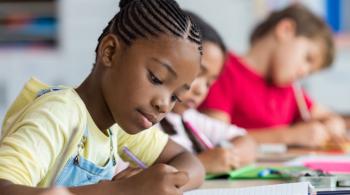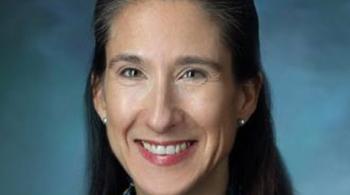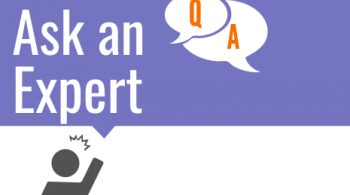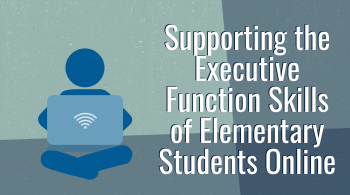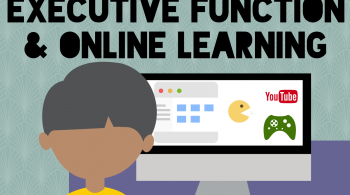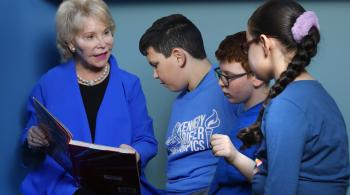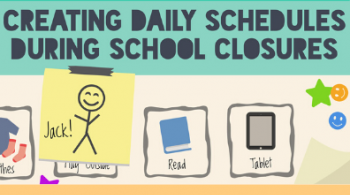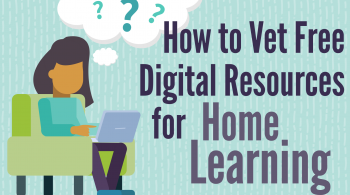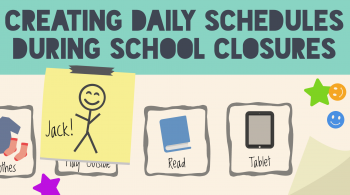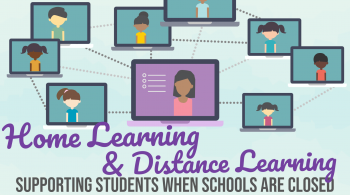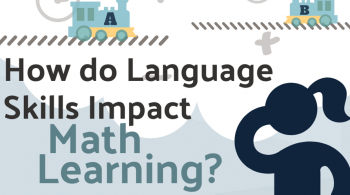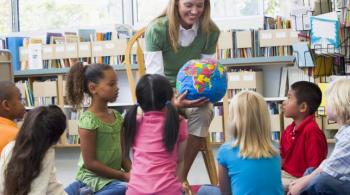With Mindy Johnson - Instructional Designer, Social Media & Communications Strategist at CAST
October 25, 2017
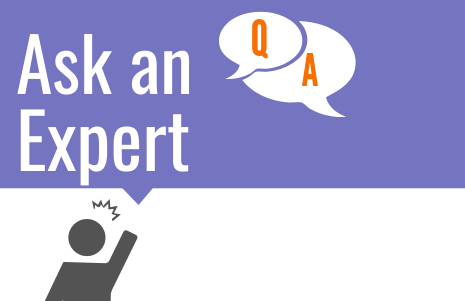
Mindy is a former high school special educator whose passion for inclusive design and Universal Design for Learning are only slightly surpassed by her love of connecting with other educators around these topics using social media. She is one of the co-moderators of #UDLchat on Twitter and coordinates the social media and digital communications for CAST. Find Mindy on Twitter at @min_d_j.
What are the benefits and drawbacks of using social media for personal professional development?
Social media is part of our daily lives, even if we don’t use it daily. It’s part of our culture, for better or worse.. But what if we harnessed the good aspects of social media and used it to our advantage to make connections with educators and education leaders that we’d never have access to otherwise? That’s the power of building a personal/professional learning network (PLN) using social media. It’s using free, ubiquitous social media tools (Twitter, Facebook, Google Plus, LinkedIn, Snapchat, etc.) and developing a community around our practice, providing resources, questions, insights, inspiration, and support. When you’re a connected educator using social media for professional learning, you have the power of thousands, if not millions, of other educators and thought leaders behind you and at your fingertips. How exciting is that?
What are the different stages of getting involved in online communities of educators?
Participation looks very different in a digital learning environment than it does in a face-to-face learning environment. I often refer to the digital participation pyramid, otherwise known as the 90-9-1 rule for marketing, communication, and social media, to help others understand the landscape of what participation means in social media. This model states that 90% of the people using social media are lurkers or “quiet participants,” 9% are editors and critics, and 1% are content creators. That means most of us are simply watching what others are posting rather than creating the posts ourselves. There’s really nothing wrong with this type of participation in social media, especially as an entry point. But if we want to start engaging others and becoming part of an online community of educators, we have to show people that we are listening.
To listen actively in the digital world, we can like a post or +1 a post, we can retweet or share a post that resonates with us, or we can follow someone new. All of these actions let the original content creator know that we are listening, and that can be a powerful way to build new connections with our online community.
When we’re ready for a new level of participation, we can amplify others’ ideas. We can add a comment to a post, quote someone’s post, ask a question, or reply to a question. All of these actions amplify the ideas that resonate with us because we’re sharing those ideas with our own followers.
Finally, when we’re ready to make the biggest participation leap of all, we can become creators. We can write posts, make shareable images (with image descriptions, of course), create a quick video (with closed captions, of course), tag others in our posts, use hashtags to connect our ideas with different topics, or engage new people in a conversation.
The important thing to remember when we’re dipping our toes into these online communities is to come with a goal in mind. What do you want to learn? What do you want to contribute? How often do you want to participate? Without a goal, social media can feel like a firehose. But with the right tools and a focused goal, our PLN becomes a powerful social learning community.
How can teachers find online communities?
Start where you feel the most comfortable. Choose a tool you already use, search for educator groups and education hashtags, and follow some other educators, bloggers, schools, or education-focused organizations. If you don’t use social media tools regularly, test one out that you’ve been wanting to try. Twitter can be a fun place to start, but can also be overwhelming. Pinterest can be an amazing place to collect resources and find other educators to follow. LinkedIn is more professionally-focused and might feel more comfortable if you’re just starting out. It’s about finding an online community that fits with your goals. And don’t try everything at once. It’s not a sprint, it’s a marathon. Take your time and find the best fit for you.
If someone is new to Twitter, how can they get involved in something like a Twitter chat?
Twitter is one of my favorite tools for professional learning, because there are so many educators and education-focused learning groups that inspire me and provide me with resources when I need them. The first step is to find a chat that matches your learning goals and topic interests. Jerry Blumengarten (otherwise known as @Cybraryman) has an amazing calendar of education-focused Twitter chats that can help you find what you’re looking for. Participate also has an amazing list of education-focused chats, as well as a great tool that archives each chat and generates a list of resources shared. There are also plenty of articles on getting started with Twitter chats by educators as well as great tools like Twubs and TweetChat for helping keep track of the chat in real time so you don’t get overwhelmed or distracted. And don’t forget the digital participation pyramid. It’s not creepy in social media to lurk on a Twitter chat or check out the past chat transcripts to make sure it’s something you’re looking for. And if you’re missing that face-to-face interaction, meet a friend for coffee and join the chat as you sit together. Sometimes just having that little bit of in-person support can help your participation move from lurker to listener. And don’t forget to follow your new tweeps!
What are some don’ts of using social media for personal professional development?
Without getting into the don’ts of social media in general (you probably already have a sense of those if you pay any attention to the news), one of the biggest don’ts I warn against is ignoring social media for professional learning completely. Even if you don’t care to wade fully into a digital community of practice, not knowing what’s out there means that you are excluding yourself from an important conversation. If social media isn’t your cup of tea, or if you’d rather keep social media as a recreational tool rather than a professional one, find another way to connect. A connected educator is an educator who models connected learning, something we want our students to do as well. It doesn’t have to be social media, but it does have to be social. Find your tribe, listen, and share.
Watch Mindy’s TED-style talk: #UDLrockstars and the Culture of Sharing from the 2017 UDL-IRN Summit in Orlando, FL. Learn more about the UDL-IRN Summit, another great professional learning community.

